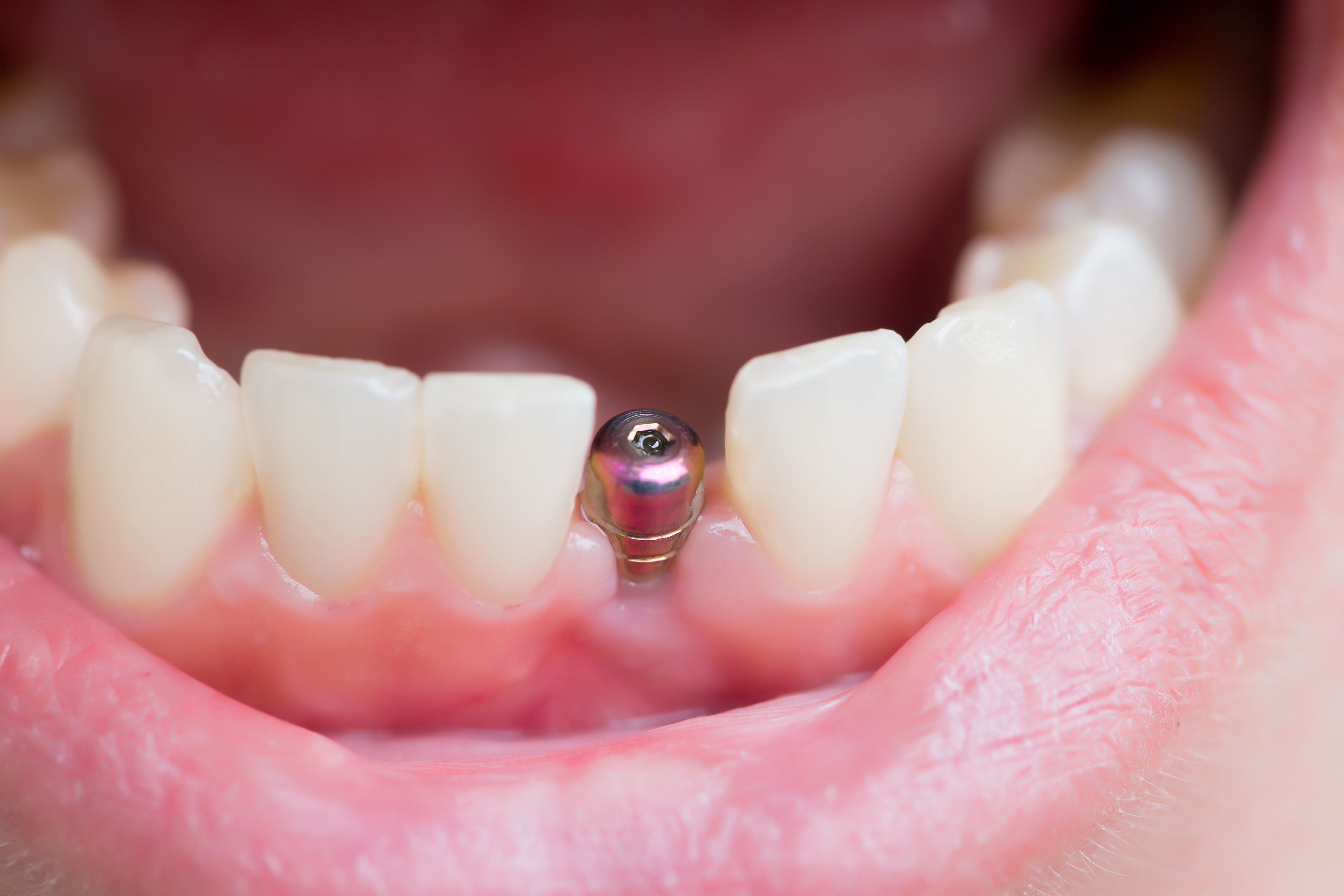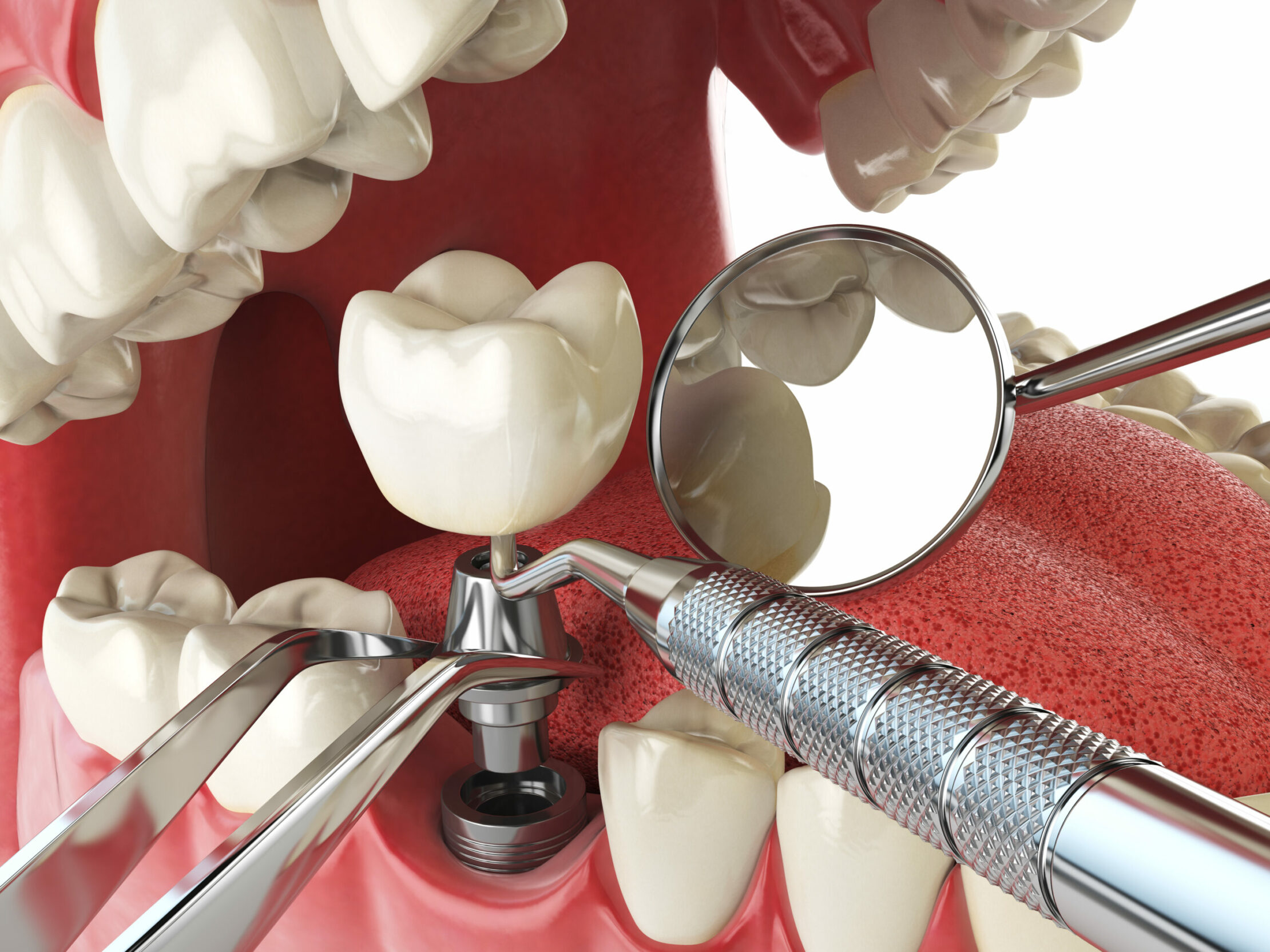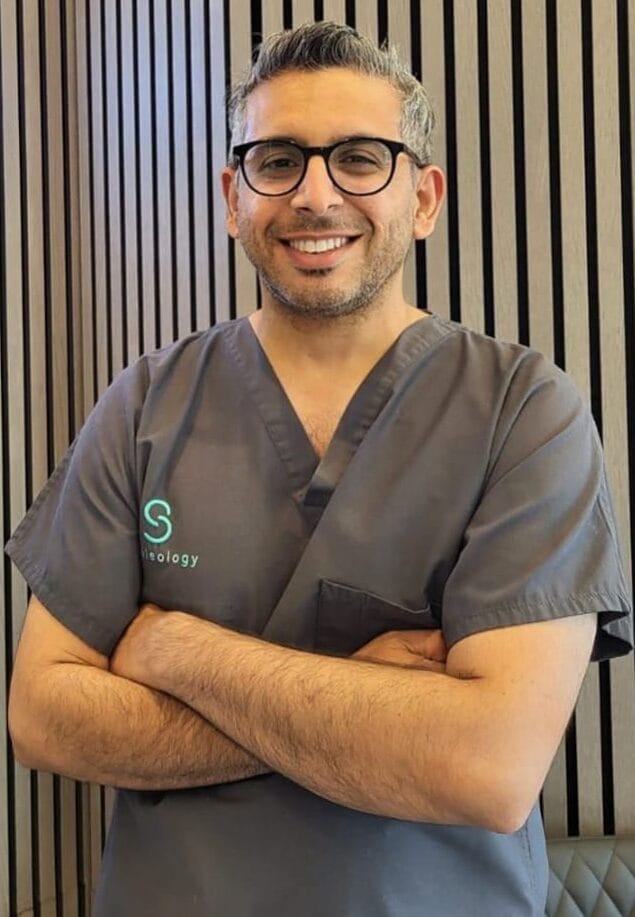Experience the Most Recent Innovations in Oral Implants Modern Technology
As the area of dentistry proceeds to progress, the developments in dental implant modern technology have been nothing brief of exceptional. The assimilation of technology is changing the capability of dental implants, assuring improved outcomes and client satisfaction.
Advanced Products for Boosted Sturdiness
In the world of oral implants modern technology, the assimilation of innovative materials has considerably contributed to enhancing longevity and long life of these critical oral prosthetics. The use of products such as titanium alloys, zirconia, and ceramic compounds has reinvented the area by supplying increased toughness, resistance, and biocompatibility to corrosion.
Titanium alloys are widely used in dental implants as a result of their extraordinary strength-to-weight ratio, rust resistance, and compatibility with the human body. These alloys guarantee the stability and durability of the dental implant by holding up against the pressures exerted throughout talking and chewing, giving a trustworthy option for individuals looking for resilient tooth substitutes.
Zirconia, a sort of ceramic material, has gotten popularity for its biocompatibility and all-natural tooth-like appearance. Its high stamina and resistance to use make it an appropriate option for dental crowns and bridges, boosting the total visual appeals and capability of the dental implant.

Digital Imaging for Precise Positioning
The advancement of oral implants modern technology has actually even more advanced with the assimilation of digital imaging techniques, ensuring precise placement of these prosthetics for optimal practical and visual outcomes. Digital imaging plays an important duty in the preparation and placement of oral implants by offering thorough 3D images of the individual's jawbone framework. This modern technology enables dental experts to assess bone thickness, locate vital structures, and prepare the precise setting and angle for implant placement with exceptional precision.
By using electronic imaging, dentists can produce digital medical guides that function as a roadmap throughout the dental implant placement treatment. These guides are customized for every person, taking into consideration their one-of-a-kind makeup and the wanted end result. This level of accuracy not only boosts the success rate of dental implant procedures yet also decreases the risk of difficulties.
Furthermore, digital imaging makes it possible for dental practitioners to visualize the last prosthetic restoration prior to the real positioning of implants, permitting thorough planning and making sure that the end result fulfills the patient's visual assumptions. On the whole, the assimilation of digital imaging technology has actually transformed the area of oral implants, offering patients a much more predictable, effective, and patient-specific treatment technique.

Minimally Intrusive Surgical Techniques


Improvements in medical strategies have actually caused the advancement of minimally intrusive methods in the area of oral implantology. These methods intend to reduce injury to the individual, shorten recovery times, and improve general therapy end results. Minimally invasive operations entail smaller incisions, specialized tools, and advanced imaging technologies to exactly put oral implants with very little interruption to bordering tissues.
One trick aspect of minimally invasive strategies is making use of directed surgical treatment, where 3D imaging and computer-aided layout software program are employed to plan the implant positioning with excellent accuracy. This permits an extra foreseeable outcome and can usually eliminate the need for comprehensive flap surgery.
Additionally, improvements in materials and dental implant layout have likewise added to the success of minimally intrusive techniques. Implants with improved surface properties advertise faster osseointegration, decreasing the recovery time needed prior to the prosthetic restoration can be placed.
3D Printing for Customized Solutions
Utilizing 3D printing modern technology in oral implantology enables the creation of extremely personalized solutions tailored to specific client demands and physiological variations. This sophisticated innovation makes it possible for oral specialists to design and produce oral implants with outstanding accuracy and accuracy. By making use of digital imaging methods, such as cone light beam computed tomography (CBCT), in-depth 3D designs of the patient's oral dental caries can be generated to guide the dental implant preparing process.
Among the vital benefits of 3D printing in dental implantology is the ability to create patient-specific implants that completely fit the special makeup of each individual. This customized strategy assists improve the total success and long life of the dental implant by ensuring ideal fit and positioning. Furthermore, 3D printing enables the production of complex geometries and elaborate frameworks that would certainly be tough or impossible to attain making use of typical production approaches.
In addition, 3D printing modern technology allows dentists to simplify the implantation procedure, minimizing surgical treatment time and enhancing overall person experience. With its capacity to produce personalized services quickly and successfully, 3D printing is changing the field of dental Your Domain Name implantology, offering people ingenious treatment alternatives and enhanced outcomes.
Integrated Modern Technology for Improved Performance
Applying cutting-edge innovation in dental implantology improves performance and accuracy, boosting the criterion of care for people undertaking dental implant treatments. Integrated innovation plays a vital function in boosting the overall success and sturdiness of oral implants.
Moreover, the assimilation of computer-aided layout and computer-aided production (CAD/CAM) innovation enables the development of custom implant restorations with remarkable precision. CAD/CAM systems make use of digital impressions to design prosthetics that flawlessly fit the client's unique makeup, making certain optimal comfort and performance. Furthermore, the use read here of robotic-assisted surgical treatment in implant placement boosts accuracy and decreases the risk of human mistake.
Conclusion
Finally, the most recent advancements in oral implants innovation offer improved sturdiness with sophisticated materials, exact placement with electronic imaging, minimally invasive surgical methods, tailored services with 3D printing, and boosted capability with incorporated technology - Dental implants Kent. These innovations in dental implants you can check here modern technology are transforming the field and providing patients with even more reliable and effective treatment options for restoring their smiles and oral health and wellness
The combination of technology is revolutionizing the capability of dental implants, assuring enhanced outcomes and individual contentment.
The development of oral implants innovation has actually better advanced with the assimilation of digital imaging strategies, making certain precise positioning of these prosthetics for ideal functional and aesthetic end results. Minimally invasive medical treatments include smaller sized incisions, specialized instruments, and advanced imaging modern technologies to exactly put oral implants with minimal disruption to bordering tissues.
Implementing innovative modern technology in dental implantology enhances functionality and accuracy, elevating the standard of treatment for people undergoing dental implant treatments. Dental implants Kent. Integrated innovation plays a critical duty in boosting the overall success and toughness of dental implants